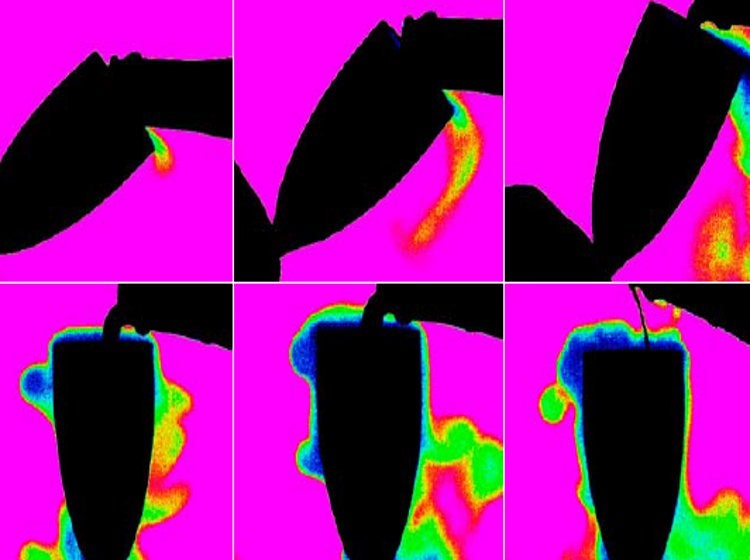
The oft-asked question of how best to serve Champagne is especially pertinent at this time of year, when many of us do most of our Champagne or sparklingwine drinking. How do we make sure that the bubbles are shown off to their best effect and remain in the glass for the optimum time? What effect does temperature have on those bubbles? These are just two of the questions that we undertook to answer through extensive recent research, with surprising results.
The concentration of dissolved carbon dioxide (CO2) in Champagne and other sparkling wines is the key parameter when it comes to the production of bubbles. But the act of pouring Champagne into a glass is far from being without consequence when it comes to its dissolved CO2 concentration. In our research, we measured the loss of dissolved CO2 during serving from a bottled Champagne that initially held 11.4 ± 0.1g L-1 of dissolved CO2. The wine was served at three temperatures (4°C [39°F], 12°C [54°F], and 18°C [64°F]), and in two different styles: the traditional Champagne style with an upright glass (below bottom) and the traditional method for beer, with the glass slanted at 45 degrees (below top).
The beer-like way of serving Champagne was found to have significantly less impact on the concentration of dissolved CO2. We also discovered that the higher the Champagne’s temperature, the higher the loss of dissolved CO2 during the pouring process – the first analytical proof that low temperatures help Champagne retain its effervescence during pouring.
These findings were corroborated when we employed a new dynamic tracking technique that uses infrared imaging to visualize the “cloud” of gaseous CO2 that escapes during the pouring process. As the images below clearly show, the technique gave us visual confirmation of the strong influence of the serving temperature of Champagne and the loss of dissolved CO2 as it is poured.
And our conclusion? It is quite straightforward: At least when it comes to serving, we should look to treat Champagne more like beer.






